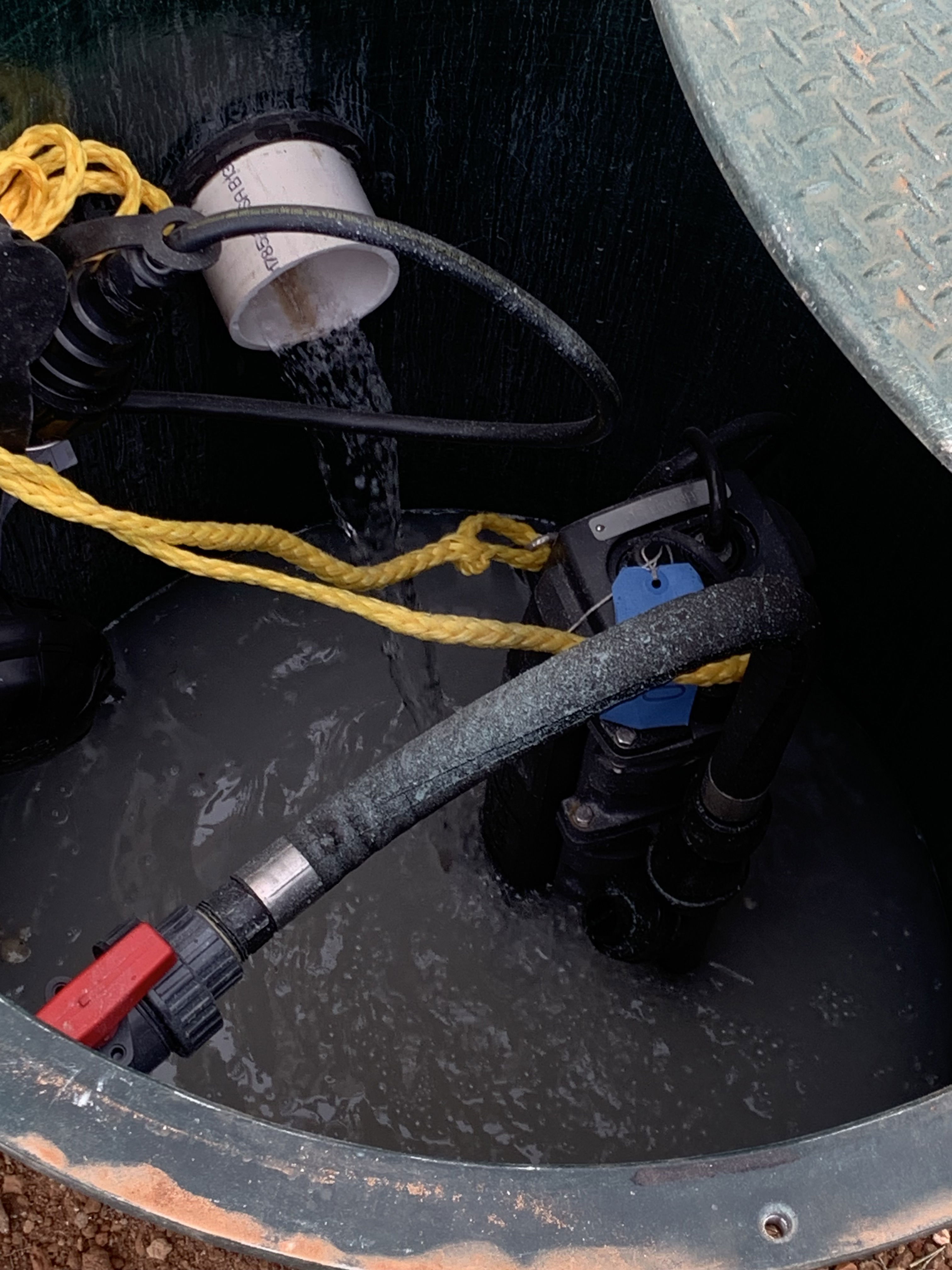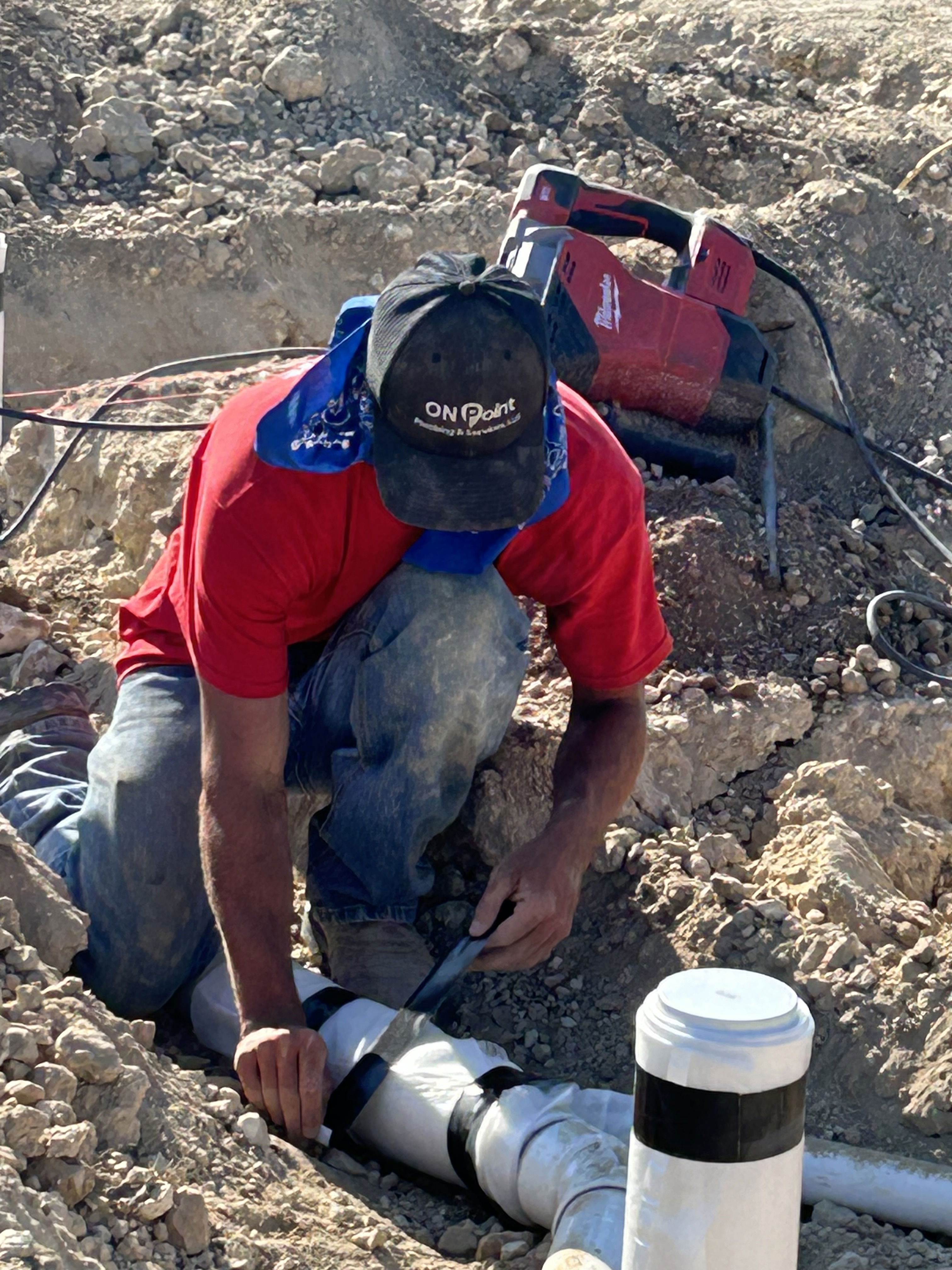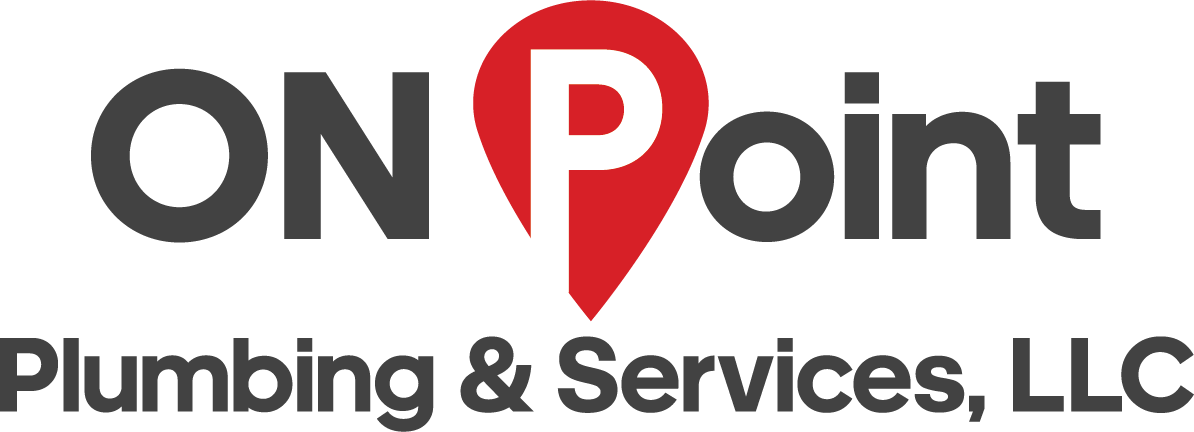Understanding Water Pressure and How to Adjust It
Water pressure is a critical aspect of your home's plumbing system. It affects everything from the strength of your shower to the efficiency of your dishwasher. At On Point Plumbing in Brown County, we believe that understanding and maintaining the right water pressure can save you from potential plumbing issues and enhance your overall home comfort.
What is Water Pressure?
Water pressure is the force that pushes water through your pipes and out of your fixtures. It's measured in pounds per square inch (psi). The ideal water pressure for a home typically ranges from 40 to 60 psi. Water pressure that is too high can cause damage to your pipes and appliances, while water pressure that is too low can make everyday tasks like showering and washing dishes frustrating.
Common Causes of High or Low Water Pressure
Understanding the causes of water pressure issues can help you determine the best course of action:
- High Water Pressure:
- Municipal Water Supply: Sometimes, the water pressure supplied by the city can be too high.
- Thermal Expansion: When water heats up in your water heater, it expands and can increase the pressure in your pipes.
- Faulty Pressure Regulator: If your home has a pressure regulator and it malfunctions, it can lead to high water pressure.
- Low Water Pressure:
- Clogged Pipes: Over time, mineral deposits or debris can build up in your pipes, reducing water flow.
- Leaks: Leaks in your plumbing system can significantly reduce water pressure.
- Faulty Fixtures: Sometimes, the issue is localized to a specific fixture, like a clogged aerator in a faucet.
How to Check Your Water Pressure
Before making any adjustments, it's essential to measure your water pressure:
- Purchase a Water Pressure Gauge: You can find these at most hardware stores.
- Attach the Gauge to an Outside Faucet: This is usually the easiest place to check.
- Read the Pressure: Turn on the faucet fully and note the reading on the gauge.

Adjusting Your Water Pressure
If your water pressure is not within the ideal range, here's what you can do:
- High Water Pressure:
- Install a Pressure Regulator: If your home doesn't have one, consider installing a pressure regulator. This device helps maintain consistent water pressure.
- Adjust the Regulator: If you already have a pressure regulator, locate it (usually near your main water shut-off valve) and use a wrench to adjust the screw on top. Turn it clockwise to increase pressure and counterclockwise to decrease it.
- Low Water Pressure:
- Clean Aerators and Showerheads: Mineral buildup can clog these fixtures. Remove and soak them in vinegar to dissolve the deposits.
- Check for Leaks: Inspect your plumbing for visible leaks. If you find any, call On Point Plumbing for professional repair.
- Replace Faulty Fixtures: Sometimes, old or damaged fixtures can cause low water pressure. Replacing them can often resolve the issue.

When to Call On Point Plumbing
While some water pressure adjustments can be done on your own, there are times when you need professional help. If you’ve tried the above steps and still experience issues, or if you’re unsure about any part of the process, it’s best to call in the experts. At On Point Plumbing, we’re dedicated to providing top-notch plumbing services to the residents of Brown County. Our experienced plumbers can diagnose and fix any water pressure problems, ensuring your plumbing system operates smoothly and efficiently. Don’t let water pressure issues disrupt your daily routine—contact On Point Plumbing today for reliable and professional service!
Conclusion
Maintaining the right water pressure is crucial for the longevity of your plumbing system and the comfort of your home. By understanding the causes of water pressure issues and knowing how to adjust them, you can prevent potential problems and enjoy a steady, reliable water supply. Remember, when in doubt, On Point Plumbing in Brown County is here to help. Give us a call for all your plumbing needs!



